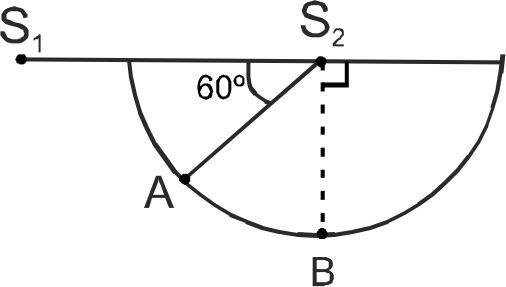What are the primary components of a sound source ?
To answer the question about the primary components of a sound source, we can break it down into the following steps:
Step 1: Identify the Components
The primary components of a sound source include:
1. Pitch
2. Timbre
3. Harmonics
4. Loudness
5. Rhythm
Step 2: Define Each Component
1. Pitch: This refers to the perceived frequency of a sound. It determines how high or low a sound is. Higher frequencies correspond to higher pitches, while lower frequencies correspond to lower pitches.
2. Timbre: Also known as tone color or quality, timbre is what differentiates two sounds that have the same pitch and loudness. It is influenced by the sound source's physical characteristics and the harmonics present in the sound.
3. Harmonics: These are the integer multiples of a fundamental frequency. They contribute to the richness of the sound and are responsible for the unique quality of different musical instruments.
4. Loudness: Loudness is the perception of the intensity of sound. It is related to the amplitude of the sound wave; greater amplitude results in a louder sound.
5. Rhythm: Rhythm refers to the pattern of sounds in time. It encompasses the timing of sounds and silences in music or speech, contributing to the overall structure of the sound.
Step 3: Summarize the Components
In summary, the primary components of a sound source are pitch, timbre, harmonics, loudness, and rhythm. Each of these components plays a crucial role in how we perceive and interpret sound.
---
The primary components of a sound source include:
1. Pitch
2. Timbre
3. Harmonics
4. Loudness
5. Rhythm
1. Pitch: This refers to the perceived frequency of a sound. It determines how high or low a sound is. Higher frequencies correspond to higher pitches, while lower frequencies correspond to lower pitches.
In summary, the primary components of a sound source are pitch, timbre, harmonics, loudness, and rhythm. Each of these components plays a crucial role in how we perceive and interpret sound.
Topper's Solved these Questions
- WAVESBOOK - ICSECHAPTER - WAVESEXERCISE - Musical Sound
2 Videos
- WAVESBOOK - ICSECHAPTER - WAVESEXERCISE - Conceptual Short Answer Questions With Answers
25 Videos
- WAVESBOOK - ICSECHAPTER - WAVESEXERCISE - Additional Solved Problems
13 Videos
- VECTORS SCALARS ELEMENTARY CALCULUS BOOK - ICSECHAPTER - VECTORS SCALARS ELEMENTARY CALCULUS EXERCISE - UNSOLVED PROBLEMS
79 Videos
Similar Questions
Knowledge Check
To a stationary man the frequency of a sound source moving towards the man appears to be
Alower than the original frequencyBsame as the original frequencyChigher than the original frequencyDlower as well as higher than the original frequency depending upon the speed of the source.
A line source of sound of length 10 m, emitting a pulse of sound that travels radially outward from the source. The power of the source is P = 1.0.x 104 W What is the approximated intensity '/' of the sound when it reaches a distance of 10 m from the source?
View SolutionThe intensity of a point source emitting sound at distance 3 from the source is 0.707 W/m2? What is the average power output of the source ?
View SolutionA source of sound emits 200πW power which is uniformly distributed over a sphere of radius 10 m. What is the loudness of sound on the surface of the sphere?
View SolutionVelocities of three persons A,B,C and sound source S are shown in diagram.Frequency of sound source is 600 Hz and sound speed is 325m/sec.At given situation, which of the following options is / are correct :

View SolutionTwo sound sources shown in the figure vibrate in phase. By moving S1 along PS1 consecutive minima are heard when L1−L2 has values, 20cm, 60cm and 100cm. What is the frequency of sound source if the speed of sound is 340m/s?

View SolutionFigure shows two line sources of sound, S1andS2 separated by a distance 4 m.The two sources are in same phase at all times.The source emit same power and their lengths are also same.A detector moves along a circle with center at S2 and radius 3m. The wavelength of the sound is 1m.When it is at A the intensity of sound due to source S2 only is I0.

The intensity of sound at A due to S1 only is :
View SolutionFigure shows two line sources of sound, S1andS2 separated by a distance 4 m.The two sources are in same phase at all times.The source emit same power and their lengths are also same.A detector moves along a circle with center at S2 and radius 3m. The wavelength of the sound is 1m.When it is at A the intensity of sound due to source S2 only is I0.

The intensity of sound at B due to S1 only is :
View Solution
